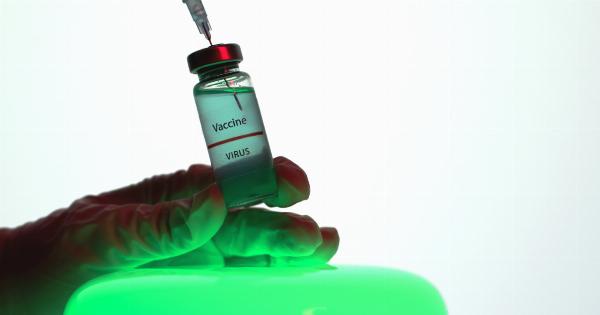Over the past few years, the survival rate for children with cancer has improved dramatically. Today, over 75% of children diagnosed with cancer are cured, a sharp increase from just a couple of decades ago.
While this is great news for families and clinicians alike, there is still work to be done to improve care and address the long-term effects of cancer treatment.
Factors Contributing to Improved Survival Rates
There are several factors responsible for the improved survival rates among children with cancer. These include:.
Advancements in Treatment
Since the 1970s, many new drugs and therapies have been developed to treat childhood cancer. These treatments are often more effective than older treatments and have fewer side effects.
Improved Diagnostic Techniques
Doctors can now detect cancer earlier and more accurately than ever before. Advances in imaging technology, such as CT scans and MRIs, have made it easier to identify tumors and assess their size and location.
Increased Public Awareness
Thanks to campaigns and awareness-raising initiatives, more people are now aware of the early warning signs of childhood cancer. This means that children are being diagnosed and treated earlier, which increases chances of cure.
The Importance of Post-Treatment Care
While the improved survival rate is a great accomplishment, it also presents new challenges. Children who are cured of cancer face a range of health problems related to their treatment, such as cognitive impairment, cardiac dysfunction, and infertility.
Post-treatment care is therefore vital to ensure that these children receive the support they need to live healthy and productive lives.
Psychological Support
Cancer can be a traumatic experience for children and their families. The stress, anxiety, and trauma of the disease and its treatment can have a long-lasting impact on mental health.
Psychological support can help children and their families cope with the emotional toll of cancer and overcome the fear of recurrence.
Physical Rehabilitation
Cancer treatment can cause physical impairments, such as weakness or paralysis, that can make it difficult to perform everyday tasks.
Physical rehabilitation can help children overcome these impairments by improving strength, mobility, and functional independence.
Education and Career Support
Children who have completed cancer treatment often face challenges in education and career development. They may have missed significant periods of schooling and may require additional support to catch up.
Career counseling and vocational rehabilitation can help these children succeed in the workforce and achieve their career goals.
Conclusion
Improvements in cancer treatment have led to a marked increase in survival rates among children with cancer.
While this is fantastic news, it is important that we also focus on providing post-treatment care to ensure that cured children can lead healthy and productive lives. Physicians, psychologists, and other healthcare professionals must work together to develop comprehensive care plans that meet the unique needs of each individual patient.






















